Myanmar was recently struck by a massive earthquake, leaving behind a trail of devastation. The military government has decided to put down its arms momentarily and declare a temporary ceasefire, aiming to facilitate relief operations and expedite the rebuilding process in the aftermath of this natural disaster.
The ruling junta, known as the State Administration Council, announced that the ceasefire would be effective from April 2nd to April 22nd. This move comes after rebel factions initiated their own unilateral ceasefire earlier to support humanitarian efforts in the region. Despite initial hesitations, the military finally acquiesced on Wednesday.
The earthquake, measuring at a magnitude of 7.7, has claimed the lives of at least 2,886 individuals so far while leaving hundreds more unaccounted for. The tremors were felt not only within Myanmar but also reverberated across borders into neighboring countries like Thailand, where casualties have reached 21.
Amidst this calamity, Myanmar is already embroiled in internal conflicts stemming from a civil war following last year’s coup d’état by the military junta. Ethnic militias and resistance groups are engaged in fierce battles across various regions of the country.
In an unexpected turn of events on Tuesday night, Myanmar’s armed forces fired upon a Chinese Red Cross convoy en route to deliver essential supplies for earthquake relief efforts. Despite conflicting reports about the incident, no injuries were reported as shots were allegedly fired into the air when the convoy failed to stop as instructed.
As international aid agencies continue pouring resources into quake-affected areas and foreign governments offer their support, there are concerns that official death toll figures provided by the junta may not reflect the true extent of losses suffered by communities.
Expert analysts suggest that these ceasesfires might serve as temporary reprieves amidst ongoing conflicts but are unlikely to address deep-rooted political tensions within Myanmar. The tragic earthquake has further exacerbated existing humanitarian crises in a nation grappling with multiple challenges simultaneously.
Residents and rescue teams are navigating through perilous conditions as they strive to provide assistance where it is most needed while navigating complex political landscapes fraught with mistrust and violence.
In times like these when human suffering knows no bounds, gestures like ceasefires—albeit temporary—highlight moments of solidarity amid chaos and destruction.


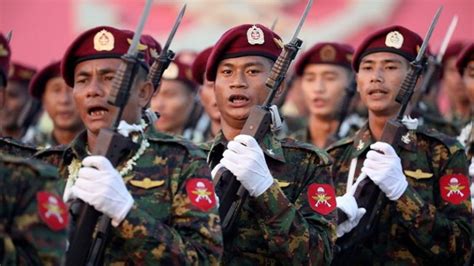
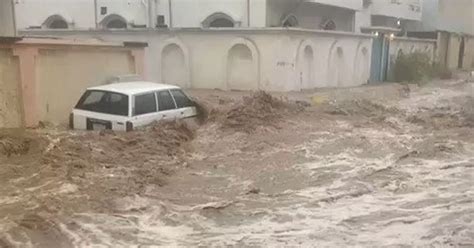


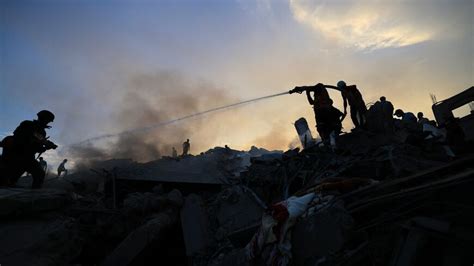
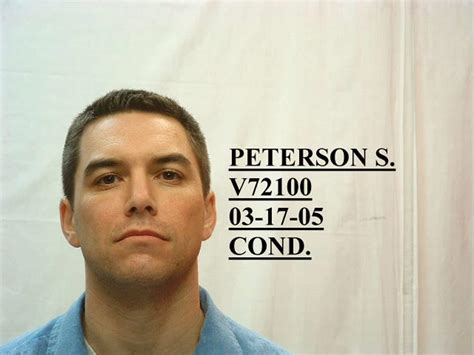
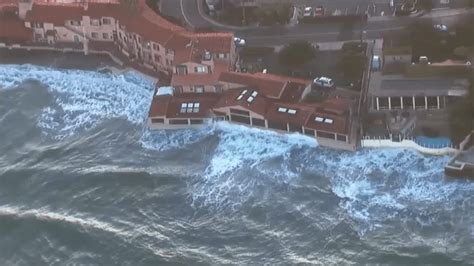
Leave feedback about this